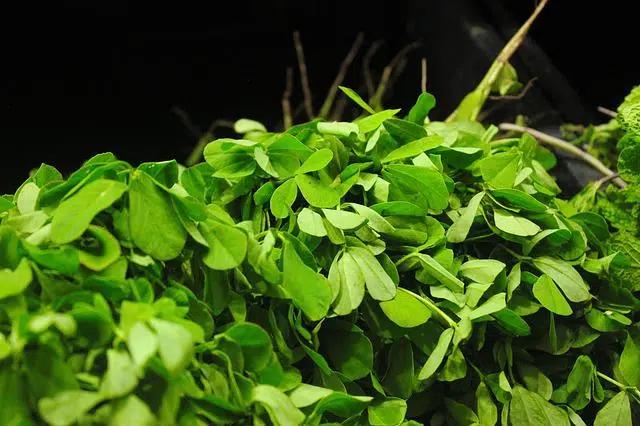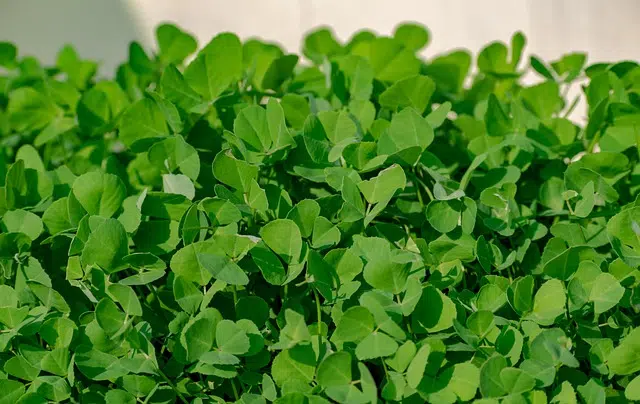
Fenugreek is one of the common names of the species Trigonella foenum-graecum.
The etymology of fenugreek leads us to the late Latin fenugraecum or fenograecum , which can be translated as “Greek hay” . The term refers to a plant also known as fenugreek , whose scientific name is Trigonella foenum-graecum .
Fenugreek or fenugreek is part of the papilionaceae family group. Consequently, it is an angiosperm species : it is a phanerogam (its reproductive organs can be seen in the form of a flower, where fertilization takes place) with carpels that make up a closed cavity. On the other hand, fenugreek is a dicotyledonous plant since its embryos have a pair of cotyledons.
Characteristics of fenugreek
Fenugreek can reach a height of about fifty centimeters. Its leaves, which are hairy and heart-shaped, are grouped in threes.
The flowers , meanwhile, are whitish and are characterized by their small size. As for its fruit, it is a flat, elongated pod that houses seeds with a penetrating aroma. Among its chemical components, tannins, flavones, phenols, alkaloids and glycosides appear.

Fenugreek is used as a medicinal plant and in gastronomy.
Most frequent uses
Fenugreek has been used for medicinal purposes since ancient times. In fact, the plant was included by Charlemagne in the legislative act known as “Capitulare de villis vel curtis imperio” . In this order from the end of the 8th century , the emperor demanded that certain vegetables be grown in the fields , including fenugreek.
It is usually highlighted that fenugreek has digestive properties . In addition, it is maintained that it helps in the treatment of infections and respiratory tract conditions.
Other benefits attributed to it are its impact on milk production and its ability to minimize cholesterol levels.
The Egyptians, for their part, used fenugreek in their embalming technique . It is believed that this choice was linked to its unique smell.
Fenugreek in the kitchen
Precisely, the aroma of fenugreek is valued at a culinary level. In many regions, its leaves and seeds are used as spices .
The Indians, for example, usually dry and roast these seeds whole. Another possibility is to soak and grind them. The flatbread known as khakhra , to mention one case, is prepared with oil , wheat flour, fenugreek and other ingredients.
Persian cuisine has khoresht sabzi as one of its emblems. This stew has minced meat and multiple spices and is usually served with rice as a garnish. If we focus on Yemeni cuisine, we find saltah , another stew that is accompanied with a fenugreek-based sauce.
Its sprouted shoots and raw leaves in salads are popular in some countries . It is important to mention, regarding the seeds, that their flavor is somewhat bitter, so it is recommended not to use them in excess.
Contraindications and adverse effects
There are those who report potential negative effects from consuming fenugreek. It can cause gastrointestinal upset or trigger an allergic reaction , according to various sources.
Fenugreek is also not recommended for children under 2 years of age or pregnant women. Another aspect to consider is its interactions with certain drugs .
In any case, it is essential to consult a nutritionist when determining its inclusion in the diet. A doctor , finally, is the professional who must indicate what substances or products should be consumed to affect health .
